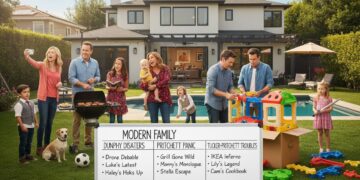Balance proof with feeling to make promises believable and memorable. This quiz drills how to mix rational and emotional reasons‑to‑believe.
In marketing, a reason‑to‑believe (RTB) is primarily used to ______ a stated benefit.
summarize
substantiate
replace
entertain
Which pairing best reflects a rational RTB versus an emotional RTB?
celebrity story vs. ingredient list
independent test results vs. storytelling that signals identity or values
humor vs. product demo metrics
color palette vs. money‑back guarantee
For high perceived risk purchases, which RTB balance usually performs best?
lead with price, skip RTBs
all proof, no emotion
all emotion, no proof
lead with rational proof, reinforce with emotion
Social proof (e.g., case studies or verified reviews) functions as what type of RTB?
neither rational nor emotional
purely emotional
a price promotion only
primarily rational with emotional spillover
Which is the most credible single RTB for a complex B2B solution?
a product photoshoot
an internal opinion piece
a quantified outcome from a third‑party study or audited case
a brand manifesto film
Which emotion‑forward RTB often helps low‑involvement categories get noticed?
multi‑page spec sheets
fine‑print warranties
SKU codes on pack
distinctive brand assets that cue feelings (mascot, sonic logo, rituals)
What is a common mistake when using RTBs in ads or pages?
placing the RTB near the benefit
listing many weak proofs instead of one strong, specific proof
citing a customer quote
explaining trial terms clearly
Which RTB format best matches a performance guarantee?
social—user memes
rational—risk‑reversal tied to measurable outcomes
emotional—brand story only
creative color choice
In landing pages, which sequence reflects a balanced RTB flow?
headline benefit → concise proof point → humanizing cue
logo wall → no benefit
price table → legal terms → exit link
form first → no proof or benefit
Compared with features‑only messaging, mixing rational and emotional RTBs usually improves ______.
postal response rates
inventory turnover only
recall and conversion
ad frequency caps
Starter
You know the pieces—now anchor each claim with a single, strong proof.
Solid
Great balance—tighten your proof wording and sequence for faster trust.
Expert!
Masterful mix—your proofs persuade and your stories stick.
Mastering Rational & Emotional RTBs Balancing the Mix Interview Questions means understanding how to choose between logic-driven proof points and feeling-based messages for your brand. Check out the comprehensive Brand Strategy & Architecture interview questions collection to see core frameworks and real-world examples. Next, explore the shift from straightforward to evocative naming in the Naming Frameworks: Descriptive to Evocative guide for fresh naming insights, test your global portfolio instincts with the Managing Sub-Brands in Global Markets practice questions, and weigh opportunity against risk in the Line Extensions: Risk vs Reward scenarios. Working through these targeted resources will give you the confidence to discuss the right mix of rational and emotional RTBs in your next brand interview.










